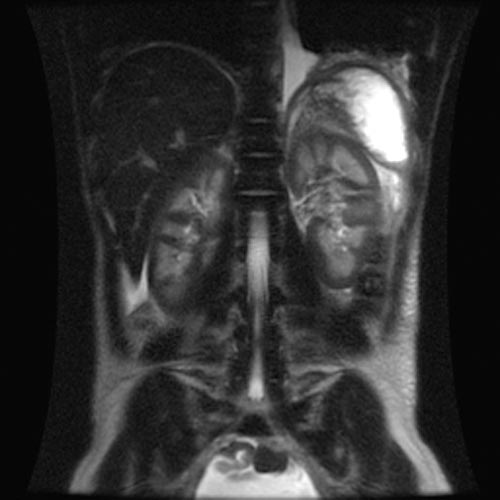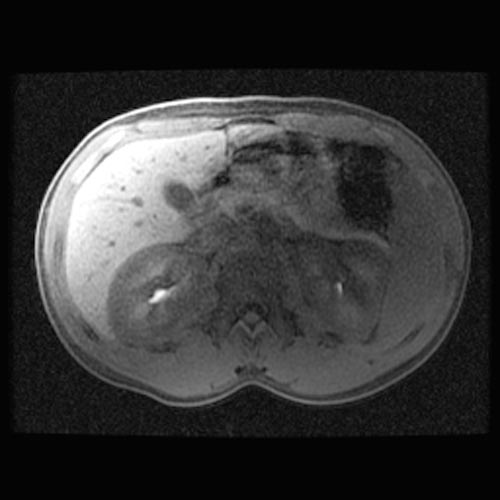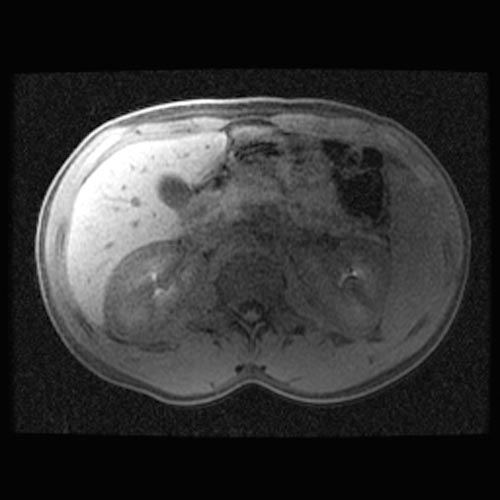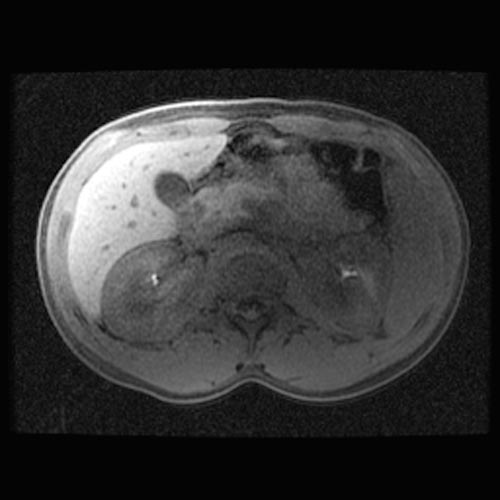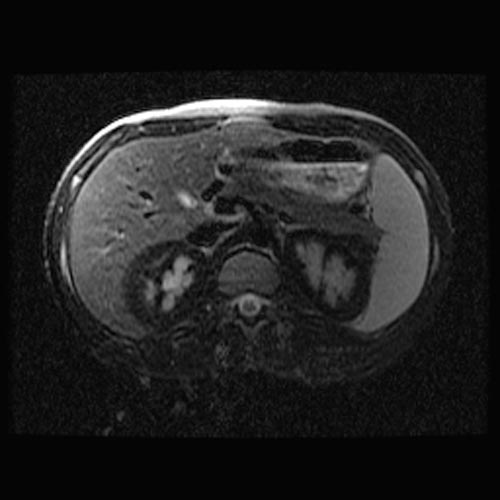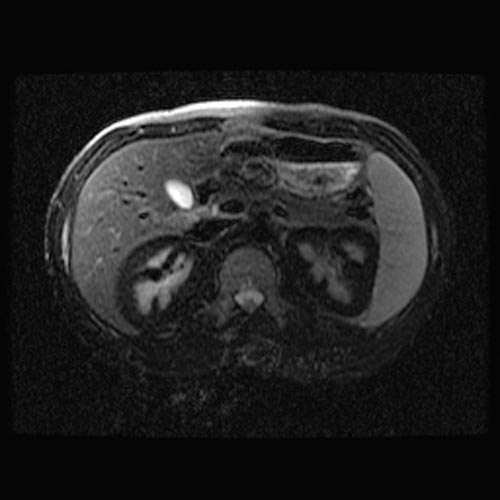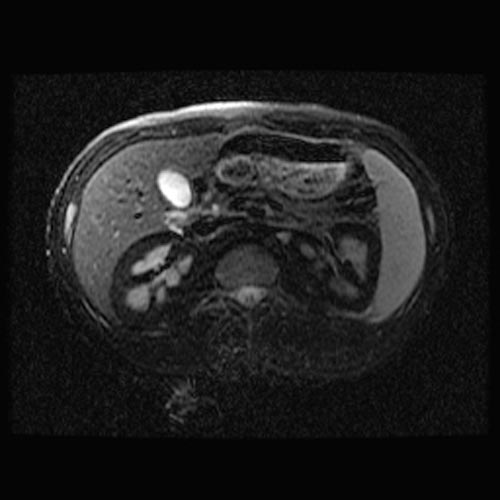Paroxysmal nocturnal hemoglobinuria MRI
|
Paroxysmal nocturnal hemoglobinuria Microchapters |
|
Differentiating Paroxysmal nocturnal hemoglobinuria from other Diseases |
|---|
|
Diagnosis |
|
Treatment |
|
Case Studies |
|
Paroxysmal nocturnal hemoglobinuria MRI On the Web |
|
American Roentgen Ray Society Images of Paroxysmal nocturnal hemoglobinuria MRI |
|
Directions to Hospitals Treating Paroxysmal nocturnal hemoglobinuria |
|
Risk calculators and risk factors for Paroxysmal nocturnal hemoglobinuria MRI |
Editor-In-Chief: C. Michael Gibson, M.S., M.D. [1]; Associate Editor(s)-in-Chief:
Overview
There are no MRI findings associated with [disease name].
OR
[Location] MRI may be helpful in the diagnosis of [disease name]. Findings on MRI suggestive of/diagnostic of [disease name] include [finding 1], [finding 2], and [finding 3].
OR
There are no MRI findings associated with [disease name]. However, a MRI may be helpful in the diagnosis of complications of [disease name], which include [complication 1], [complication 2], and [complication 3].
MRI
There are no MRI findings associated with [disease name].
OR
[Location] MRI may be helpful in the diagnosis of [disease name]. Findings on MRI suggestive of/diagnostic of [disease name] include:
- [Finding 1]
- [Finding 2]
- [Finding 3]
OR
There are no MRI findings associated with [disease name]. However, a MRI may be helpful in the diagnosis of complications of [disease name], which include:
- [Complication 1]
- [Complication 2]
- [Complication 3]
- Renal cortical signal intensity loss (hemosiderin accumulates in the renal cortex when intravascular hemolysis results in the direct release of hemoglobin into the plasma).
- Venous thrombosis.
- Liver and spleen are usually of normal signal intensity in paroxysmal nocturnal hemoglobinuria, unless repeated transfusions have resulted in hepatic and splenic signal intensity loss owing to transfusional siderosis.
(Images shown below are courtesy of RadsWiki)

